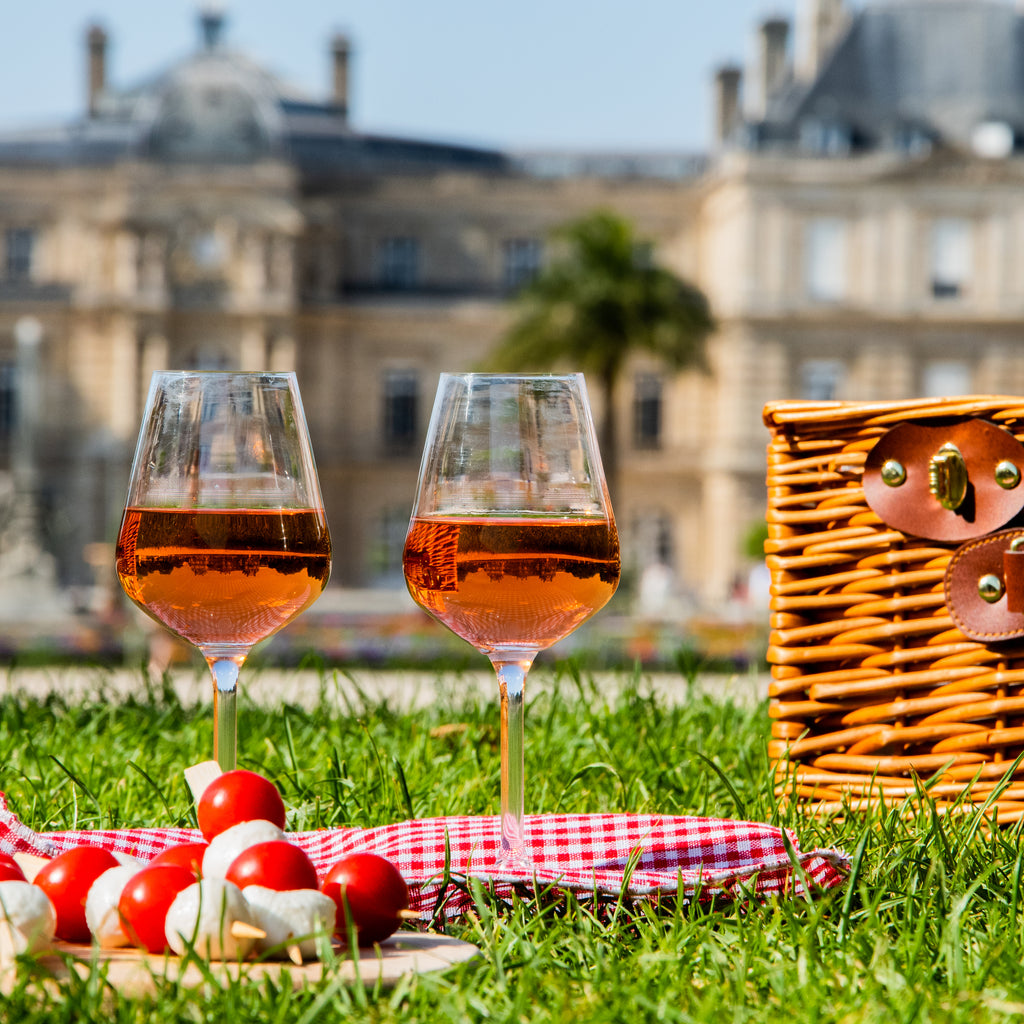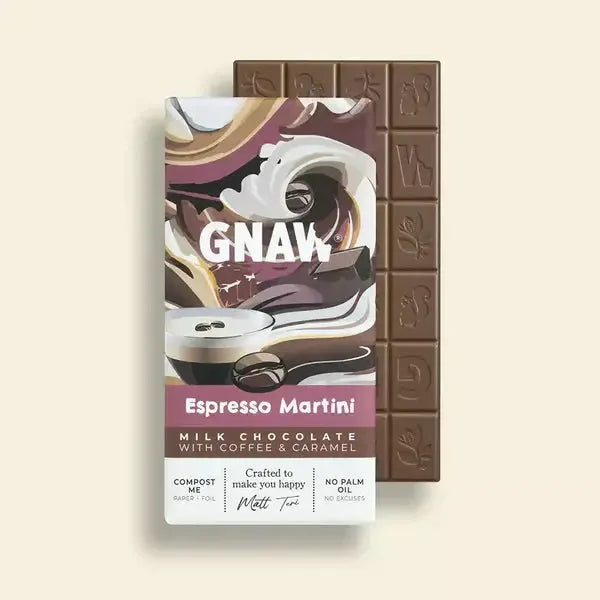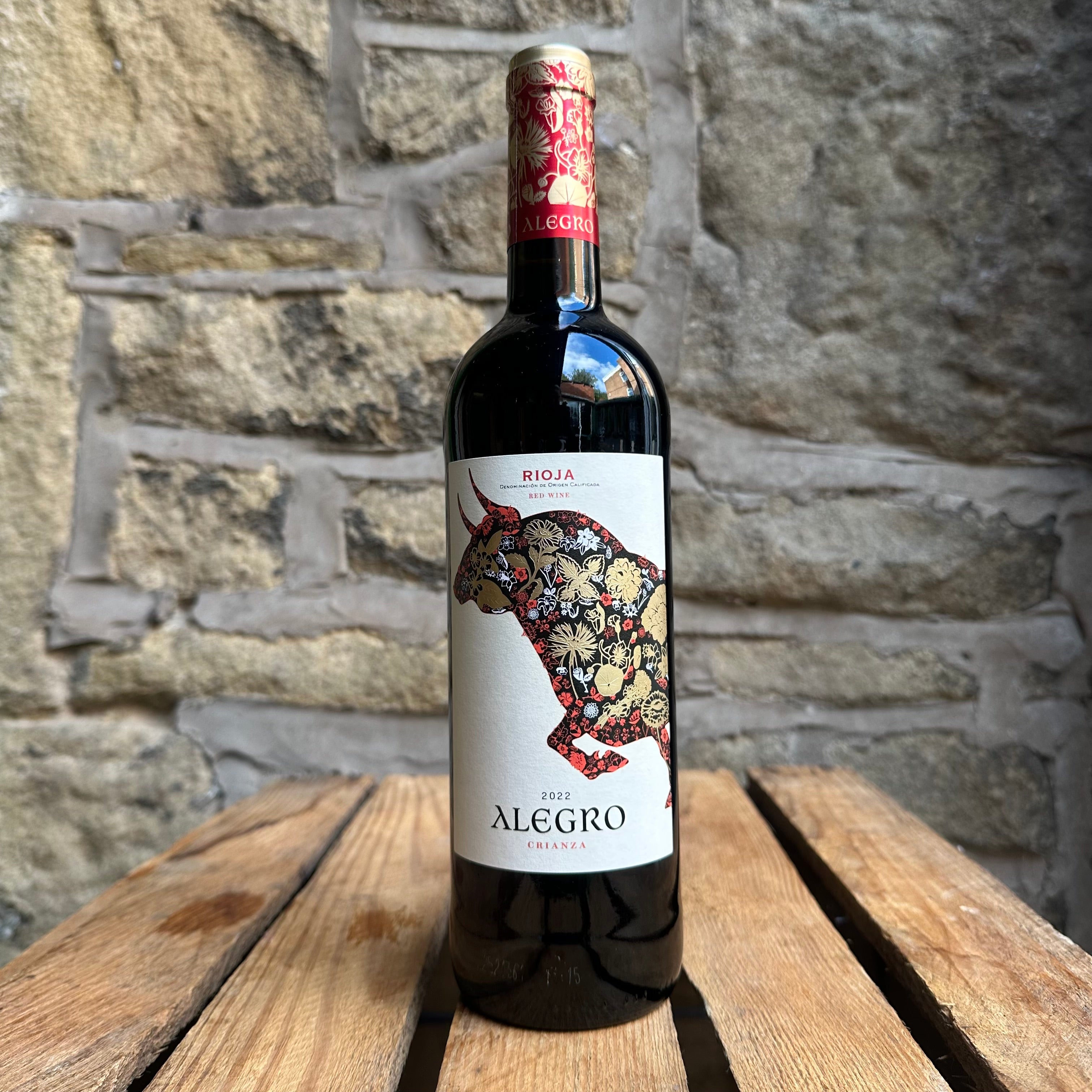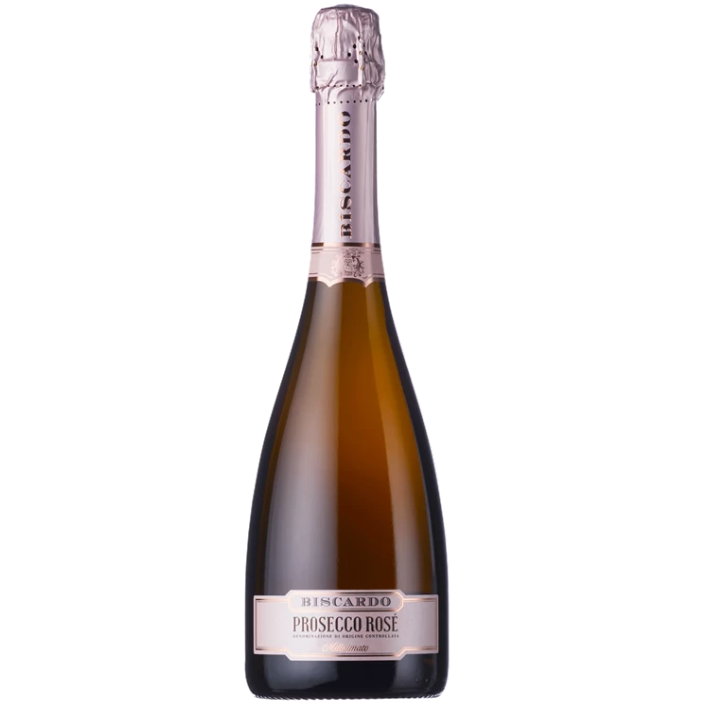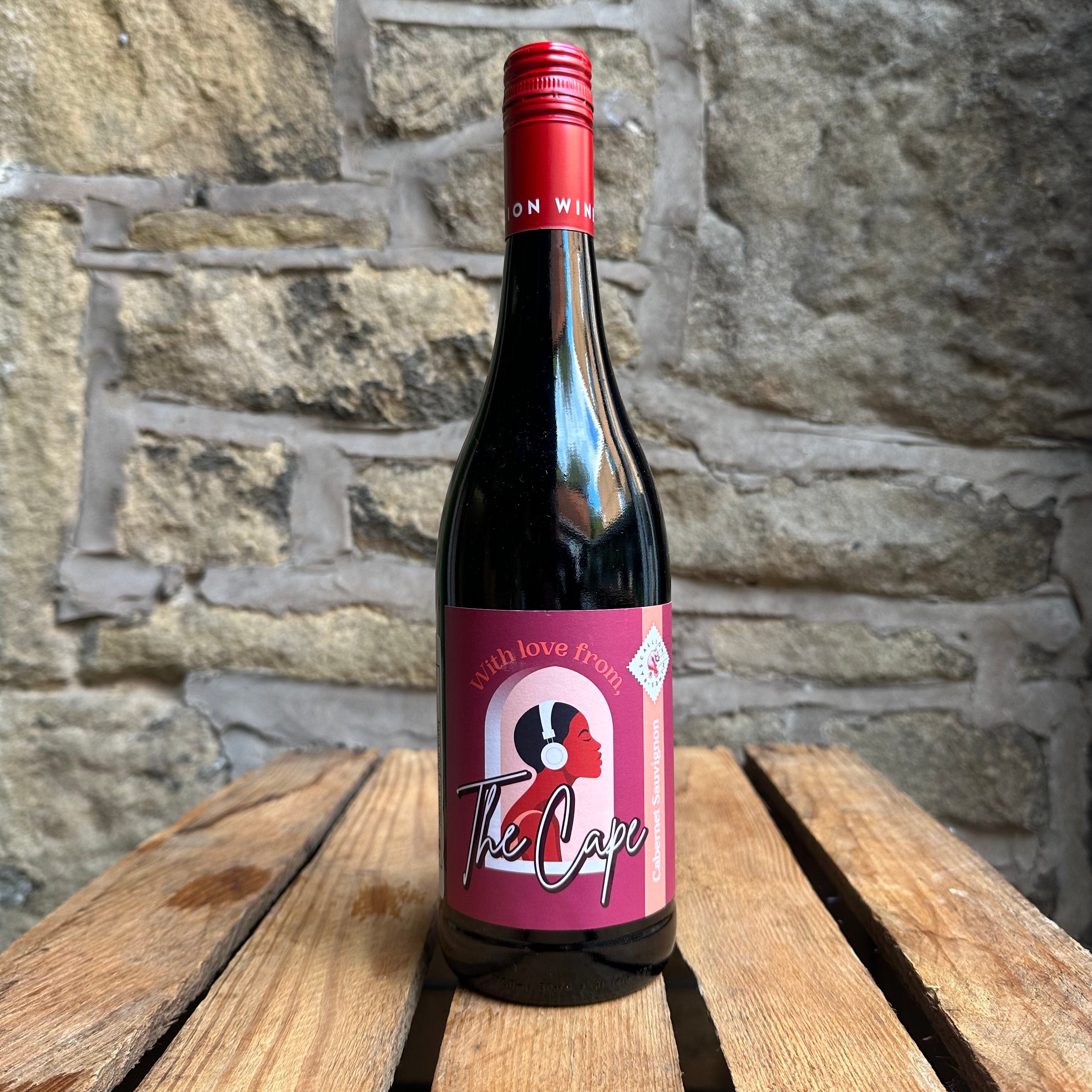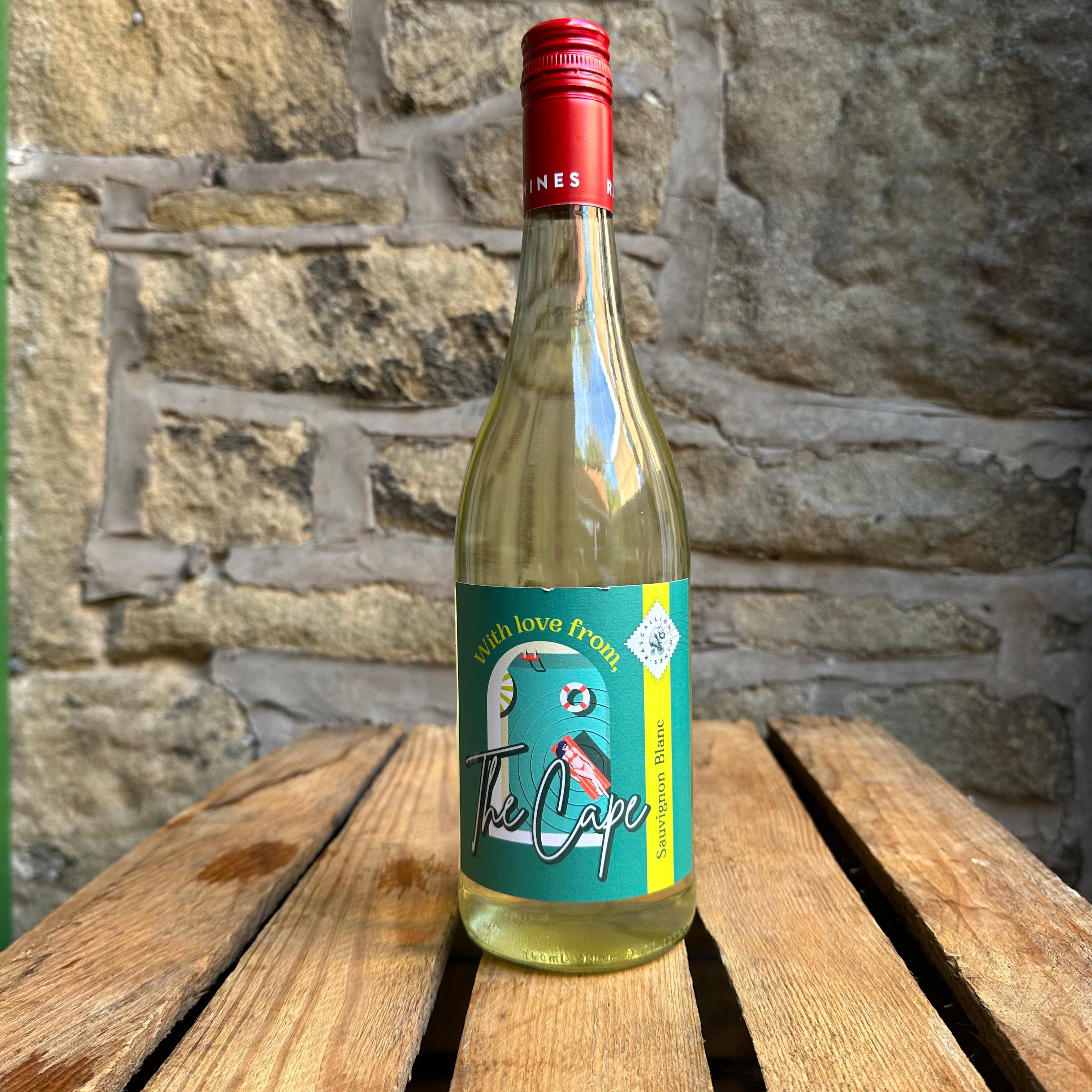
Passionate About Pinot

Notoriously stubborn, the Pinot Noir vine requires careful attention and perfect conditions to thrive, but when grown correctly it is one of the most rewarding grapes to harvest. We take a look at why it continues to hold such a special place in the hearts of wine lovers.

PROFILE
Pinot Noir wines are known for their lighter body and fresh, fruit aromas and flavours of red cherry, raspberry and sometimes strawberry. It is the added complexity brought by layers of earth, herbs, smoke and sweet spice balancing so well that finish this off as a versatile and divinely quaffable wine.
Youthful examples show fresh fruit at the fore, with subtle elements of the savoury. For instance, Montsable from Pays D'Oc (Languedoc-Roussillon) mature the wine in stainless steel on fine lees, with just 10% aged for 3 months in new French Oak for a wine showing fresh red cherries, strawberry, and floral notes. A great example of mixing youth and age, Domaine Fichet's Bourgogne harvests a mix of old (30+ years) and new vine grapes with 20% oaked for 15 months in French oak. The result is a wine full of red cherry and strawberry with just a slight savoury aspect.

In addition, when cultivated and vinified correctly Pinot Noir can be transformed with long maturation in the cellar or in bottle. This longevity is another admired part of its character, and production that allows a reach its fullest ageing potential will always carry a healthy price tag. The best show added notes of game, truffle, leather and still maintain ripe fruit that does not become too jammy, with freshness for balance.
Zephyr from Marlborough, New Zealand show a good example of long ageing with hand picked single vineyard grapes. Hand plunged, and rack and return once, before being pressed off gently after about 18 days on skins. Drained to French oak barrels (30% new oak) where it is left for 12 months of rest and malolactic fermentation. The result is a rich wine with raspberries, currants, wild forest berries and high notes of cedar and spice.
GROWTH
Pinot Noir is a delicate grape with thin skin that is susceptible to rot and disease, as well as overbearing fruit. It needs soils of excellent drainage with lesser nutrients and regular pruning. Less water and nutrients may seem nonsensical, but this helps the vine to retain the water and nutrients it has, bearing lower yields of fruit with better concentration. Producing grapes with too much water content loses flavour, and too much fruit in general makes the vine less able to withstand environmental challenges.

ORIGIN
Burgundy is the home of Pinot Noir and mastered its cultivation very early on. Present and cultivated since at least the 1st century AD, the region's short ripening season, particularly in the Cote D'Or, was loved by this early ripening grape. Cool mornings, warm and long afternoons, and cool misty evenings helped its growth. The region still contains some of the finest Grand and Premier cru vineyards that are carefully maintained. The most famed appellations are Cotes de Nuits' Nuits St Georges and Gevrey Chambertin.
Harmand Geoffroy En Jouise Gevrey Chambertin is suitable for further bottle ageing for up to 10 years. An historic estate owning 9 hectares of premium vineyard, the average age of vines is 50 years, with some as old as 85 years. Long fermentation is followed by 12 to 16 months maturation in oak barrels; 20%-40% of which is new wood. En Jouise expresses lots of fresh cherry alongside notes of cranberry and oak on a rich and silky palate.

Running into Burgundy from the west is the Loire Valley. Domaine des Mazelles are nestled in the Touraine appellation and use grapes from vines planted in 1974 for their Thezee Pinot Noir. Ageing in three-wine-old barrels for up to 11 months creates a sumptuously concentrated wine of intense blackcurrant, cherries, raspberries, liquorice and spice.
Further north on the German border is Alsace, more often known for its white wines. However, the cool climate living Pinot Noir grape also thrives here and during the 15th and 16th centuries, was often more prized over white wines. Around 10% of the region's plantings are Pinot Noir. Hunawihr's example is a reserve wine with a beautiful light garnet appearance. Moderately aged, it shows sour cherry, small red berry fruits and cherry notes flowing on to a supple yet ample palate with leather notes on the finish.

OLD WORLD
Speaking of Germany where the grape is known as Spatburgunder, Pinot Noir has a history as far back as the 4th century. At one point many vineyards were cultivated with higher yields meaning easy drinking but diluted wines that did not bring out the best in the grape. Cultivation has been so well mastered now, that Germany is the third largest producer of Pinot Noir wines in the world.
Josten & Klein's premium example uses hand harvested grapes from the Ahr Valley. Long barrel ageing brings a surprising ripeness of fruit balanced

Reh Kendermann Terra Quartar is part of their varietal range produced to truly reflect vineyard terroir. A youthful, mineral-focused wine, it shows raspberry, black cherry and a touch of herbal spiciness, with lots of mineral freshness, and a subtle mocha finish.

In Italy the grape is known as Pinot Nero and was again cultivated since Roman times. Used in a lot of sparkling wines (as it is internationally), the wine area of Oltrepo Pavese in the north west holds the most vineyard acreage and is rediscovering its beauty as a still varietal. Ferro 13's Gentleman uses grapes from these hills, with slow and precise vinification in cone-shaped wooden 30-quintal vats and a further 9 months on lees. Classic red berries run throughout, with touches of tobacco, smoke and vanilla adding on the finish.

Moving further east, Moldova saw a rise in Pinot Noir in the 19th century, but much was lost with the phylloxera crisis and ensuing political events. This meant the grape did not begin to reappear properly until the 1990's and it continues to rise. Chateau Purcari create a light and delicate wine using hand harvested grapes aged for 6 months in French oak barrique. Layers of strawberries, raspberries, violets, and an aftertaste with fine nuances of maturation.
Next door in Romania, Pinot Noir was planted widely as part of the phylloxera recovery in the early 20th century, when a wide variety of French varieties were planted. Although native grapes such as Feteasca Neagra have quite rightly taken the fore in modern times, Pinot Noir is still cherished. Our popular Lautarul is a perfect example of youth and quaffability, with a core of juicy plum, cherry, raspberry, hints of bramble and a eucalyptus touch on the finish. Vine in Flames retains very fruity characteristics after more ageing. Fresh black cherry, blackcurrant and subtle spice on a robust palate of fine texture.
NEW WORLD
Pinot Noir was introduced to the New World through European colonisation and immigration. Many countries who fell in love with it followed a similar pattern of struggling with this temperamental grape, planting in the wrong locations and allowing higher yields. The added difficulty of a warmer climate, even in relatively cooler areas, and differing soils meant many countries lost quality production for a century or longer.
The 20th century saw many countries finally mastering the art of Pinot Noir, and this brought a new, exciting dimension to the wines it could create. The New World can add a tropical element to Pinot Noir's long list of attributes. Wines tend to be deeper in body with more dark fruit flavours shining through. Typically less acid and more fruit is present, with the savoury showing less earth and herbs, but more warming spices and vanilla, often as warmer climes find more oak treatment benefits their Pinot Noir wines.
CALIFORNIA

One cannot place Pinot Noir and New World together in a sentence without mentioning California. The grape appears to have been introduced as early as 1767 via South America. It was only truly explored in the 1880s with Sonoma County winemakers, but still took a long time to take hold. This seems strange considering how synonymous the grape is with California now, but as with many other New World countries, years were lost with bad planting locations and cultivation errors. New technology, understanding and innovation caused the grape to flourish from the 1960s, and there are now over 13k acres in Sonoma County alone, constituting 20% of this area's output.
Cartlidge & Browne ensure only low to moderate yield vineyards with high quality fruit are selected, before fermentation and pump overs to dryness and then ageing in French oak, 70% used and 30% new, for 10 months. This brings bold cherry, raspberry and blackberry alongside vanilla meringue, toasty oak and baking spices.

CHILE
Chile were introduced to the grape during Spanish colonisation in the 17th century, but again, there are many years following of incorrect viticulture and locations being used. It is as recently as the millennium that it has started coming forward again, with proper cool climate sites and reduction in yields. Pacifico Sur show how far Chile has come, with their San Antonio Valley Reserva winning Gold at the Sommelier Wine Awards 2020. 30% of the wine is aged in French oak barrels for 6-8 months before final blending in stainless steel where it ages for a further six months. Beautifully soft with good weight, it shows red apple, raspberry, black cherry, subtle leafy notes and a hint of mint.
NEW ZEALAND

We all recognise New Zealand's achievement in rising to the top of the international wine industry in such a short period of modern times, and their quick success with Pinot Noir can almost rival their Sauvignon Blanc journey. Introduced in Hawkes Bay in 1889 in mission vineyards, it was found to love cooler southerly regions such as this and surrounding Wairarapa, Marlborough and Central Otago. Of course there were similar issues perfecting cultivation and production, but this trailblazing New World country hit the ground running in the 1970s and 80s, with a massive increase in plantings during the 1990s.
New Zealand's prized Cherry Block shows what can be achieved, with grapes from southerly Central Otago that are matured for 10 months in French oak barrels. Vivid and rich dark plum, cherry, floral blossom and subtle spice with a mineral-driven palate that is vibrant and silky at the same time. Snapper Rock uses Marlborough grapes hand plunged into open top fermenters, before part ageing in small tank, and part in seasoned French oak barrels. This crae creates a silky smooth, plump and elegantly composed wine of dark plum, cherry, anise and toasted nut underlaid with dark mushroom and dried herbs.



